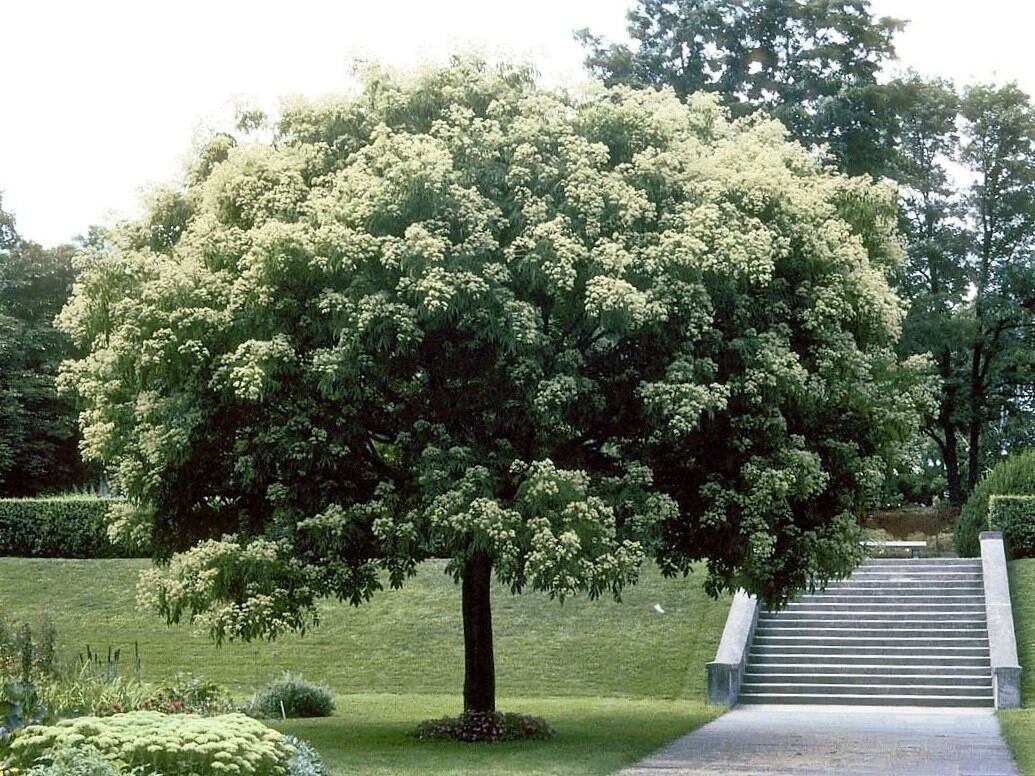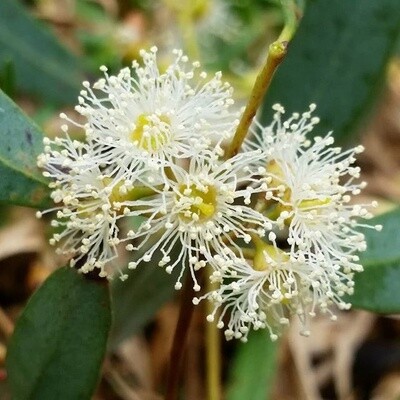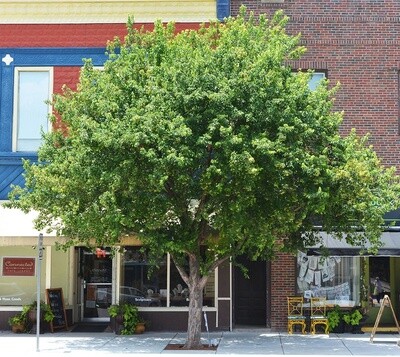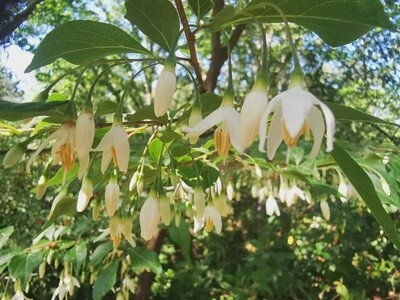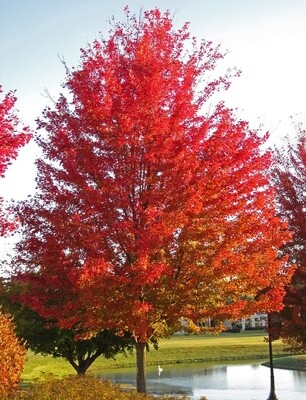Shop
Welcome to Trees for Bees Nursery online shop!
Orders can be picked up or sent nationwide in New Zealand. Orders can be paid for by credit card for pick up, or for orders being shipped, you can complete the order and the invoice for payment will be sent after the freight cost has been calculated. After receiving the invoice with the freight cost, you can decide if you wish to go ahead with the order, or cancel it. Once payment has been received, we will send your order. We send plant orders Monday and Tuesday nationwide, and on Wednesday to urban North Island addresses. Non-perishable items are sent Monday to Friday.
The easiest way to obtain a quote is to place an order through the online shopping cart - this does not require payment. To find out more about getting a quote, vIew our FAQs .
Bee-bee tree
Tetradium daniellii (syn. Euodia daniellii)
Tetradium daniellii (Bee-bee tree, synonym: Euodia daniellii, synonym: Euodia velutina) naturally occurs in China and Korea. The tree was introduced at Kew Gardens, London, England in 1907. It can reach heights of about 20 metres in its original distribution area. With the exception of a few 100-year-old giants, in cultivation this tree will usually stay between 8 - 10 metres tall, with about the same width. The bee-bee tree grows quite quickly and has a wide vaseshaped, semi-open crown on a short stem.
In mid summer, the bee-bee tree is in full bloom with large upright, cream-coloured panicles. For honey bees, wild bees and other insects, the striking, fragrant flowers are very valuable in providing food. After blooming, the tree produces racemes of red-violet capsules. They are easily mistaken for the flowers of the tree, as the colour makes them stand out even more. When the fruits open, they open up to display black seeds. A true delicacy for birds! The compound pinnate leaves make the crown shape transparent, and the tree enchantingly filters light through the crown. The ovoid leaves bud a glossy dark green with a grey-green underside. The leaves turn yellow in autumn. Tetradium daniellii has smooth grey bark (comparable to Fagus sylvatica) and red-brown, downy hairy twigs.
Tetradium daniellii tolerates acidic and alkaline soils, from sand to clay, and can also handle drought quite well. It is a beautiful tree for future use in parks and large gardens, and - in properly sheltered environments - perfect for use as a characteristic multi-stem tree on a roof garden. The bee-bee tree has few soil requirements, but for the best possible growth and bloom, it does prefer a warm, sunny location in nutrient-rich, dry to moist soil.
To 8m

